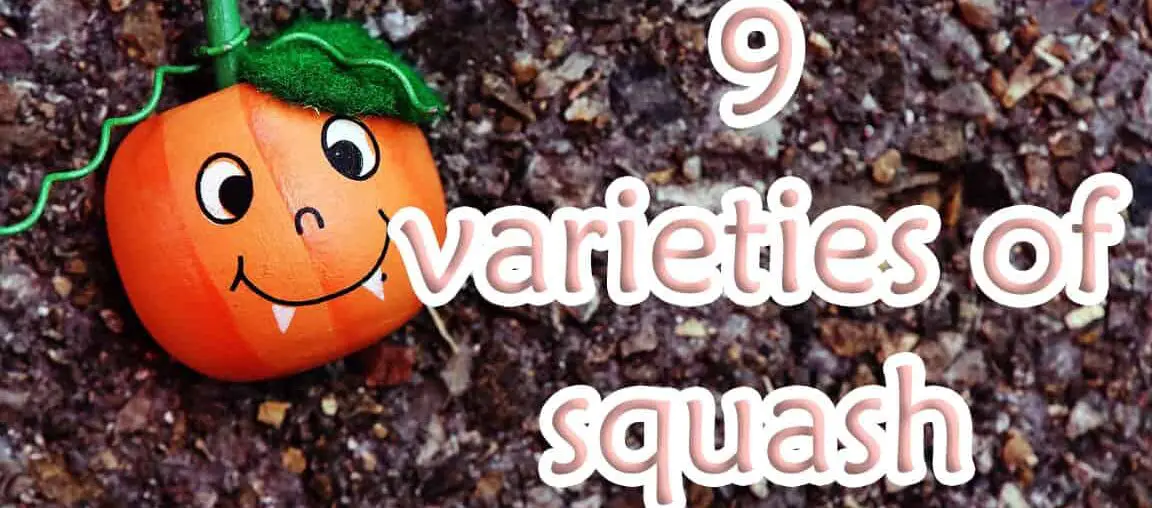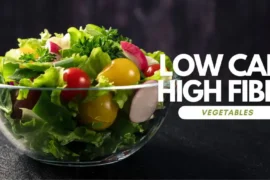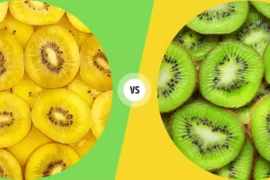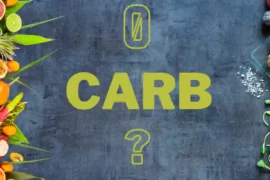Recently we have seen how the squash wind blows so strongly. After searching in several supermarkets, I was able to find nine varieties of squash. Overnight the shape of the squash seems to have changed a lot. All kinds of weird squash have come out.
I mainly went to supermarkets because I wanted to identify these different squash at once. But I didn’t think I would be able to find 9 squash varieties in the supermarket. So today, we reveal them one by one. First, let’s see how they differ.
1. Golden squash
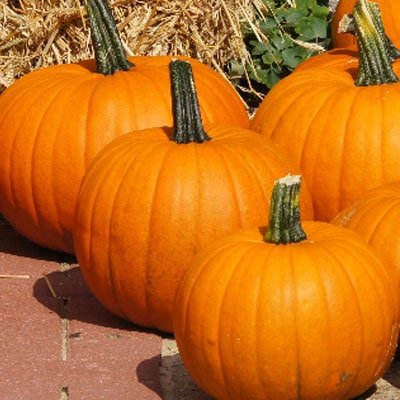
The golden squash is also called the red pumpkin. It is also known as “little golden melon.” It is flat and round in shape and is not easy to degrade due to its fruit shape, thick and fleshy flesh, pigmentation, smooth and sweet taste, storage resistance, and beautiful appearance. It is not easily contaminated and is often used as an ornamental pumpkin.
2. Butternut squash
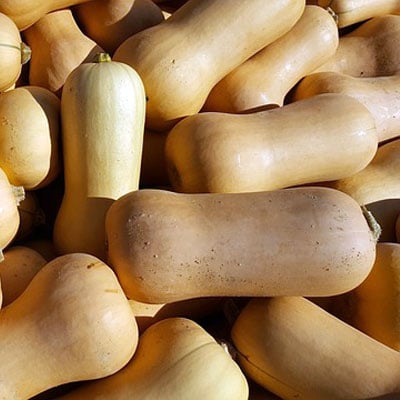
Butternut squash is particularly prominent among the many pumpkins available at the supermarket. It is a newly introduced pumpkin variety.
It’s like dried fish. The size of a single pumpkin is about 3-4 pounds. The color of the skin is yellow and red. The opened pulp is bright orange-red. It has a high sugar content, good taste, and a high consumption rate of pulp.
3. Green chestnut squash
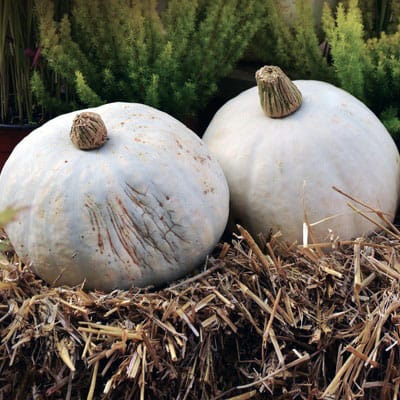
Green Chestnut Squash is known in China as Yili Chestnut Squash. You can see shallow depressions on their blue-white skin. Its meat is light yellow and has a sweet taste, a mild flavor, and a rich chestnut aroma.
4. Japanese squash
The Japanese squash is the “net red” pumpkin that has been popular for the past two years. It is also called Bebe pumpkin. The origin of Bebe Pumpkin is from Japan. It is sweet and has the sweetness of chestnut. There are many Bebe pumpkins on the market right now. The price difference is also relatively significant, mainly due to the variety.
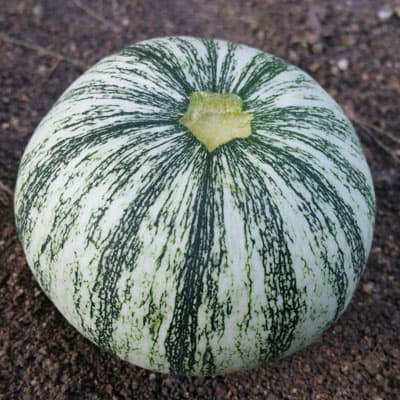
The skin of high-quality baby pumpkins is grayish-green. It has a powdery, waxy texture and a refreshing texture. You can see the layer in use.
You can eat it with a sweet chestnut aroma when you eat it. Slightly lower baby pumpkins have a moist texture and orange flesh. Although the entrance has a sweet taste, the overall flavor is not much different from most old pumpkins.
5. Jinsi chestnut squash
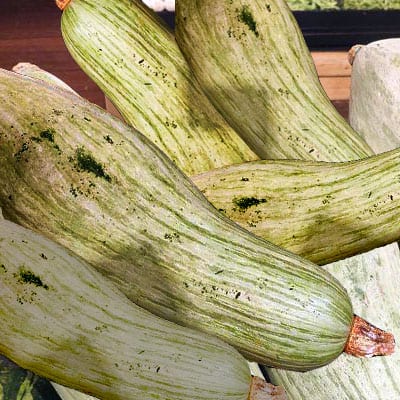
The Jinsi chestnut squash is also called the noble pumpkin. The name “noble” in the name sounds a little middle two, but it describes the deliciousness of this pumpkin.
The shape of the golden chestnut gourd is similar to the zucchini, with two pointed ends and around the center. There is a need for plenty of sunshine in the field, and the sugar content of melons and fruits is very high.
6. Squash with a small grinding plate
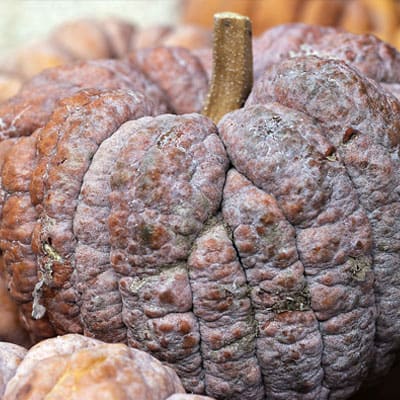
This is a kind of winter squash. As the name implies, this kind of pumpkin is similar to a grinding plate. Therefore, this type of pumpkin with a visible longitudinal edge is called the grinding plate pumpkin.
It is divided into large grinding plate pumpkins and small grinding plate pumpkins according to size. The meat of the small grinding plate pumpkin is sweet, and the texture is very powdery.
7. Taro squash
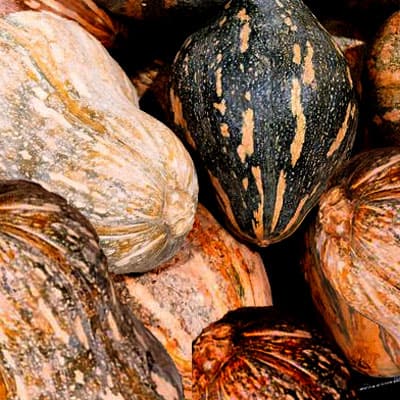
Taro squash is also a variety that has only emerged in the market in recent years. The mature taro squash has orange skin and dark green patterns.
It has dense meat, a sweet taste, and a strong aroma of taro. It is unique.
8. Buffalo leg squash
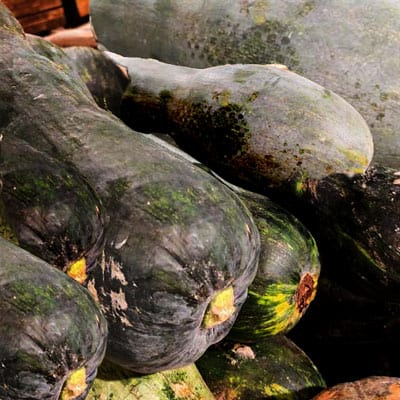
The buffalo leg squash is named because it has a shape like a buffalo leg. This kind of pumpkin has a lot of fiber and tastes rough when it is fully mature.
Therefore, it is more suitable to eat it when it is tender and tastes fresh.
9. Chinese honey squash
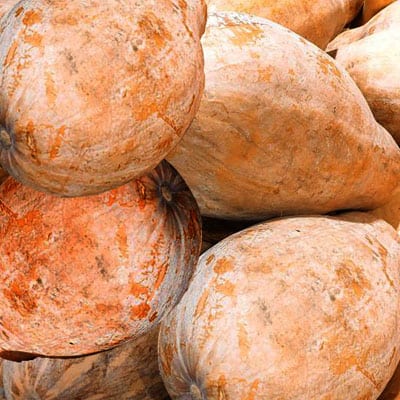
Chinese honey pumpkin is one of the most common varieties of pumpkins that we recognize. It is also known as “Old Pumpkin.” It is easy to grow, good quality, suitable for cooking and further processing. In addition, this pumpkin is sweet to taste, delicate, and relatively cheap price.
Read Here – Pumpkin Fruit or Vegetable?
Different kinds of pumpkins classification
By comparing 9 kinds of pumpkins in the supermarket, we have a deeper understanding of pumpkins, some clear answers to pumpkin-related questions, and more understanding of their eating methods.
Is babe pumpkin a chestnut pumpkin?
Bebe pumpkin belongs to chestnut pumpkin, but chestnut pumpkin is not only Bebe pumpkin. The characteristics of chestnut pumpkin are dry texture, glutinous taste, sweet and rich taste, and chestnut aroma. Therefore, such pumpkins all belong to the chestnut pumpkin.
How should pumpkins be classified?
We eat pumpkin daily, and from consumption, pumpkin can be divided into three categories: chestnut pumpkin, long pumpkin, and pan-shaped pumpkin.
Chestnut pumpkins includes:
- Babe pumpkin
- Jinsi chestnut pumpkin
- Golden chestnut pumpkin
- Golden pumpkin
Long pumpkin includes:
- Buffalo leg pumpkin
- Dense pumpkin
- Cream pumpkin
- Taro pumpkin
The pan-shaped pumpkin includes:
- Small pan-pumpkin pumpkin
- Large pan-pumpkin pumpkin
Different kinds of pumpkins for different ways of eating
By knowing the classification of pumpkins from an edible point of view, we learn more about making different kinds of pumpkins.
Chestnut pumpkin
This kind of pumpkin has a delicate powdery, sweet, and rich flavor. Its calories, sugar, and nutrition are the highest among the three pumpkin varieties. Therefore, it is best to boil the chestnut pumpkin directly. Eat its original flavor, and taste its sweet chestnut aroma.
Long pumpkin
This type of pumpkin is ideal for cooking and further processing. You can make a full mature long pumpkin porridge, pumpkin pie, pumpkin bun, garlic pumpkin, etc. It has a sweet and strong taste, a soft flavor, and rich nutrition. The green color can stir the tender oblong pumpkin, and the flavor is very refreshing.
Pan-shaped pumpkins
Pan-shaped pumpkins have the lowest calorie of all pumpkins and can be fried or stewed. Large round pumpkins are made into pumpkin lamps on Halloween in many countries. Often eating pumpkin is good for health, but also pay attention to these taboos.
Pumpkin has a high nutritional value. Prices are relatively cheap and easy to store. There are many different ways to eat it. It can be used as a staple food and can also be used as a side dish.
Eating pumpkin is good for your health. But there are some bans that need attention.
- Pumpkin and lamb should not be eaten together. It causes swelling, constipation, and fever.
- Vitamin C is destroyed by eating pumpkin and spinach together.
- Eating pumpkin and sweet potatoes together causes stagnation.
- Eating together with pumpkin and red dates causes indigestion.
There are many varieties of pumpkin in addition to these 9 varieties. What other pumpkins do you know? What are the particular ways they eat? See you in the comments section!

